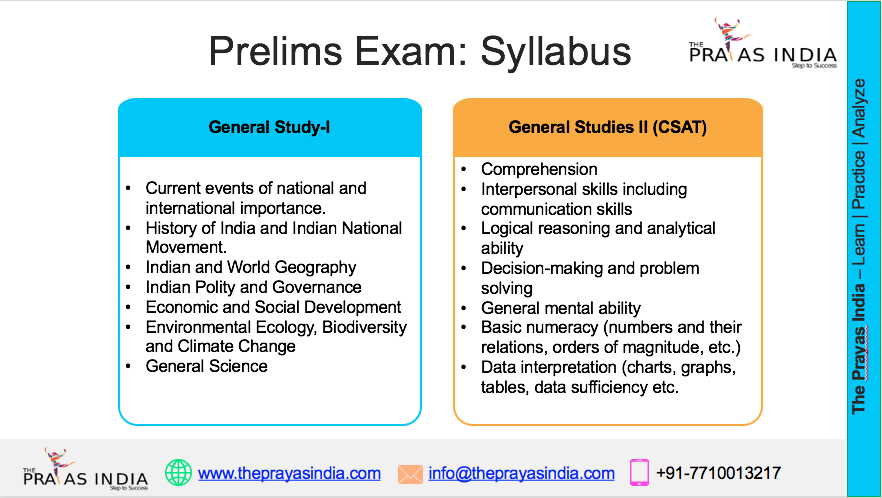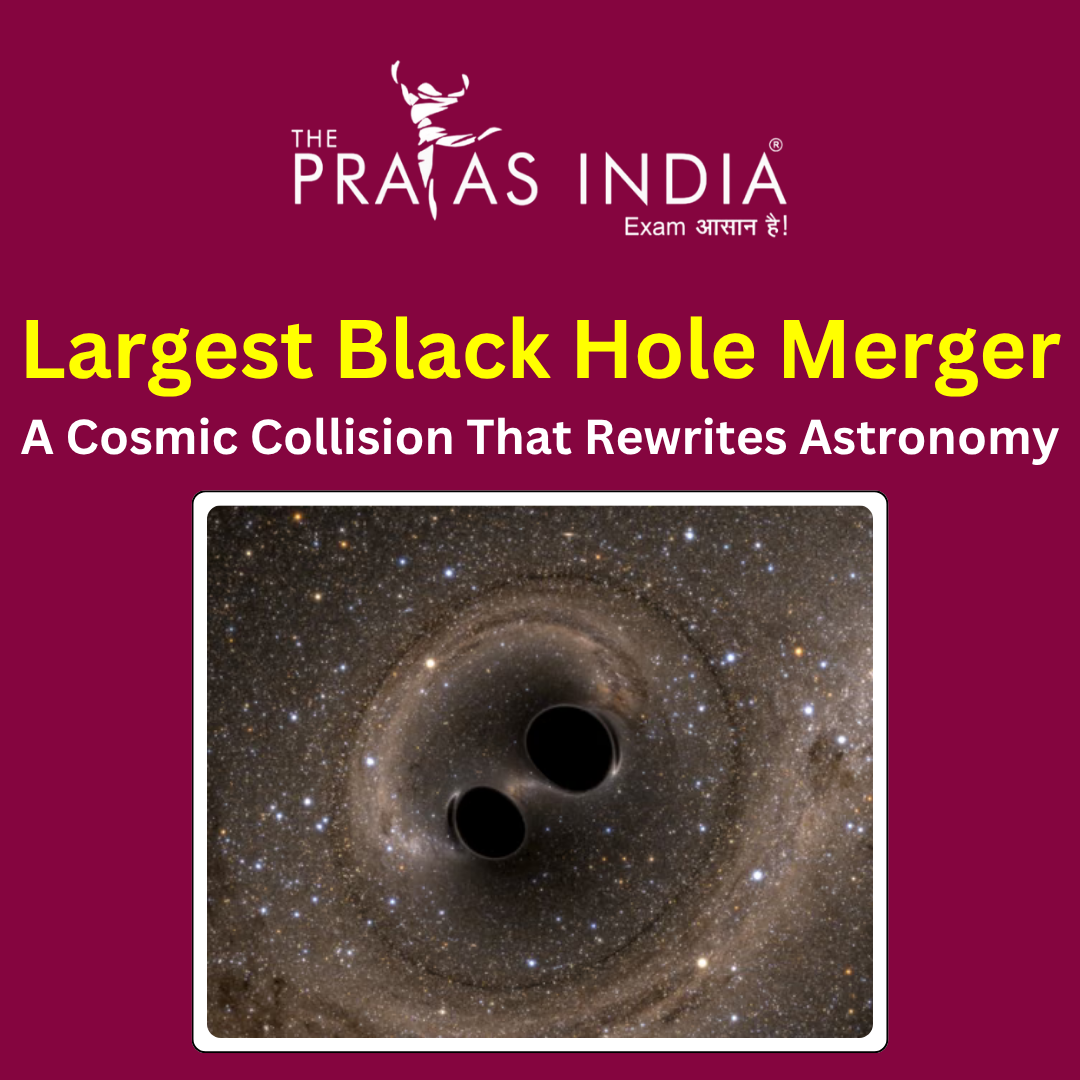Largest Black Hole Merger: A Cosmic Collision That Rewrites Astronomy
In a monumental discovery that pushes the frontiers of astrophysics, scientists have observed the largest black hole merger ever recorded, detected via gravitational waves. This event not only sets a new cosmic benchmark but also challenges long-held theories about black hole formation and stellar evolution. As our understanding of the universe deepens, such breakthroughs mark a transformative era in space science.
Understanding Gravitational Waves: Ripples in the Fabric of Spacetime
Gravitational waves are ripples in spacetime caused by the acceleration of massive celestial objects, such as colliding black holes or neutron stars. First predicted by Albert Einstein in 1915 as a consequence of his General Theory of Relativity, gravitational waves remained theoretical until 2015. That year, the Laser Interferometer Gravitational-Wave Observatory (LIGO) made history by detecting them for the first time.
Since then, astronomers have identified hundreds of black hole mergers using gravitational wave signals. These waves are incredibly subtle and require precision instruments capable of measuring changes smaller than a fraction of an atomic nucleus.
The Record-Breaking Merger: A Massive Milestone
The latest detection involves a cosmic collision between two extraordinarily massive black holes — one approximately 140 times the mass of the Sun and the other around 100 solar masses. Upon merging, they formed a supermassive black hole of about 225 solar masses, far exceeding previous records.
This colossal event surpassed the earlier largest observed merger (80 and 65 solar masses, respectively), marking a milestone in gravitational wave astronomy. The scale and dynamics of this merger are so extreme that they force scientists to revisit and rethink current models of how such massive black holes form and evolve.
Why This Discovery Defies Astrophysical Models
The existence of black holes in the range of 100 to 150 solar masses contradicts conventional astrophysical theories. According to stellar evolution models, stars that could produce black holes of this size usually undergo a process known as pair-instability supernova, which leaves no remnant behind.
Moreover, one of the black holes involved in the merger was found to be spinning at a rate near the theoretical maximum allowed by Einstein’s General Relativity. Such high spin adds to the enigma, as it’s unclear how such angular momentum could be conserved in black hole formation.
This discovery could indicate:
- New stellar formation environments
- Alternative black hole growth mechanisms
- Mergers of smaller black holes over time
Gravitational Waves: A New Lens on the Universe
Before gravitational waves, scientists relied on electromagnetic signals — such as visible light, radio waves, and X-rays — to observe celestial phenomena. However, many events, like black hole mergers, are “dark” and emit no light.
Gravitational waves now offer a revolutionary new window into the invisible universe. They allow us to detect and study phenomena that were once completely undetectable, offering a more complete view of cosmic activity and the underlying structure of the universe.
Global Collaboration in Gravitational Wave Astronomy
The breakthrough detection was made possible by the LVK collaboration — a joint effort between:
- LIGO in the United States
- Virgo in Italy
- KAGRA in Japan
This global network of detectors is designed to pinpoint gravitational wave events with higher accuracy and cross-verify signals in real-time.
India Joins the Wave: LIGO-India in Maharashtra
India is now poised to become a vital player in this scientific endeavor. The upcoming LIGO-India observatory, approved by the Indian government, is under construction in Maharashtra and is expected to be operational by 2030. Once functional, it will significantly enhance the detection network, increase sensitivity, and boost India’s presence in cutting-edge space research.
What This Means for Science and Humanity
The implications of this discovery extend far beyond astronomy. It touches on fundamental questions about:
- The lifecycle of stars
- The limits of physics under extreme gravity
- The nature of spacetime itself
Furthermore, studying gravitational waves allows scientists to test Einstein’s theories under the most extreme conditions, possibly even revealing deviations that could lead to new physics.
Challenges Ahead: Technical and Financial Hurdles
While the scientific gains are immense, the challenges are equally daunting. Gravitational wave observatories like LIGO require:
- Ultra-sensitive laser interferometers
- Advanced data processing capabilities
- Massive financial and infrastructural investments
Maintaining and expanding these facilities is essential for future discoveries, including black hole mergers, neutron star collisions, and possibly signals from the early universe.
Conclusion: A Universe More Mysterious Than We Imagined
The detection of the largest black hole merger to date marks a significant leap in our quest to understand the cosmos. It not only breaks records but also breaks assumptions — reminding us that the universe is far more complex and dynamic than current models suggest.
As The Prayas India continues to promote awareness and education in science and technology, such discoveries underscore the importance of staying curious, asking big questions, and supporting research that reshapes how we see the world beyond Earth.


![Prayas-लक्ष्य [UPSC CSE Target] The Prayas India](https://theprayasindia.com/wp-content/uploads/2021/08/Prayas-लक्ष्य-UPSC-CSE-Target-The-Prayas-India-300x167.png)

![Prayas Pre-भेदश [UPSC CSE Prelims Test Series] The Prayas India](https://theprayasindia.com/wp-content/uploads/2021/08/Prayas-Pre-भेदश-UPSC-CSE-Prelims-Test-Series-The-Prayas-India-300x167.png)










